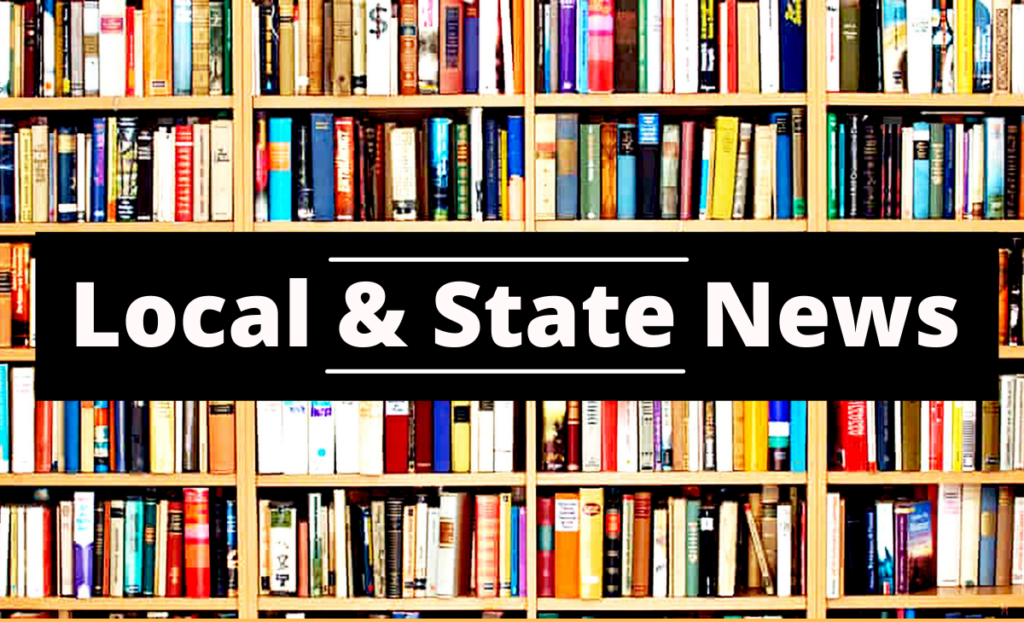Blog
Local & State News: Issues to Watch!
Share

In this blog, we provide an overview of the National Committee for Effective Literacy’s white paper and recent webinar on Effective Literacy Policy and Instruction for English Learners (EL)/Emergent Bilingual Students. We also share findings from a recent nation-wide study on the pandemic’s impact on literacy performance for children in early grades.
Effective Literacy Education for English Learners/Emergent Bilinguals
The National Committee for Effective Literacy recently published a white paper entitled Toward Comprehensive Effective Literacy Policy and Instruction for English Learner (EL)/Emergent Bilingual (EB) Students. The paper outlines the following:
- The past failures of a one-size-fits-all approach to literacy education for EL/EBs
- How EL/EB students are different from monolingual English Speakers and the implications for literacy instruction in mainstream and bilingual program contexts
- Why one size does not fit all in literacy approaches
Among recommendations included in the paper, the authors call to emphasize the interrelation of writing and reading instruction, embracing the dual language brain, the development of high levels of biliteracy, and federal and state leadership and investment to support effective literacy instruction for EL/EB Students. “Unfortunately, many policies governing current reading programs and their implementation in the U.S. fail to reflect scientific research and knowledge base regarding EL/EB Learners.” Along with the publication of the paper, the National Committee for Effective Literacy hosted a webinar that can be viewed here. The whitepaper and webinar have started to elicit responses from literacy leaders, scholars, and practitioners, and we will keep our community updated as more information emerges.
As literacy initiatives continue to be implemented at the local and state level, it is important that the unique needs of EL/EB learners be addressed. The work by the National Committee for Effective Literacy provides a framework from which to begin. Roughly 30% of students in OUSD are identified as English Learners with numerous schools ranging 40-75% of this population. Additionally, 60% of California children speak a language other than English at home. California State Superintendent Tony Thurmond’s Task force on Literacy has written Legislation (AB 2645) that includes support for bilingual and multilingual learners and educators. Additionally, as new legislation moves forward on requiring Dyslexia screening in California schools, the potential consequences of these new requirements on EL/EB learners must be considered. With the push for required screening, some teachers and researchers who advocate for English Learners have expressed concerns that students might be mislabeled, asking that testing be carefully designed.
Pandemic Impact on Literacy Performance and Development
As we continue to make sense of the Covid-19 pandemic on our lives as a whole, more information emerges on its specific impact on literacy education. The New York Times, EdWeek, and EdSource summarized that a cluster of new studies indicate that one third of children in the youngest grades are missing reading benchmarks.
Researchers compared reading achievement data from 2019 to 2022 from more than 1,300 schools across 37 states. “Children in every demographic group have been affected, but Black and Hispanic children, as well as those from low-income families, those with disabilities and those who are not fluent in English, have fallen the furthest behind.” School disruption is cited as a major factor with children who started school as Kindergarteners during the pandemic needing the most intervention. Locally, mid-year I-Ready performance data (view link to presentation starting at slide 19) shared by the Oakland Unified School District indicate that reading performance is comparable to national numbers.
Overall, data indicates students in Grades 1-3 are growing in reading performance district-wide over the course of the school year which is reflective of strong Year 1 implementation of Initiative 1- Ensuring Strong Readers by the Third Grade – of the Strategic Plan. With I-Ready assessment data available, we can continue to monitor performance data throughout the year in August, December, and June. As we continue to experience the effects of the pandemic, all community stakeholders must continue to work together to align their efforts. We can also benefit by learning from those school sites that have experienced significant growth during this first year of implementation, celebrating their success and better understanding the practices that they have in place.



